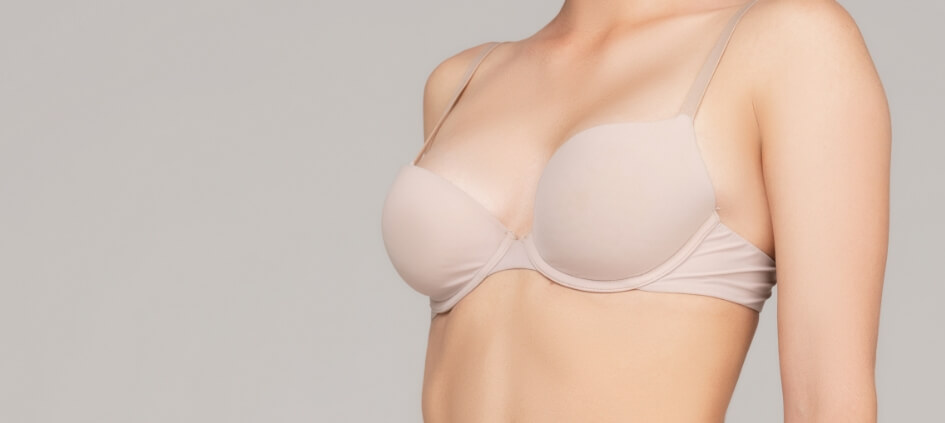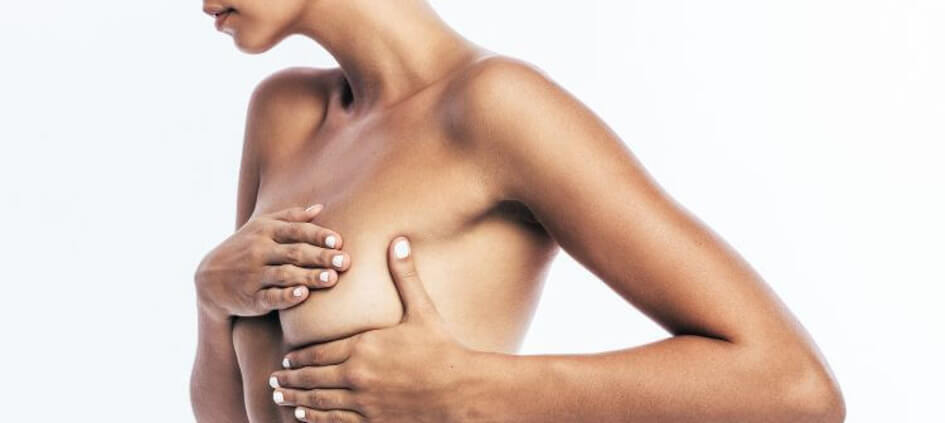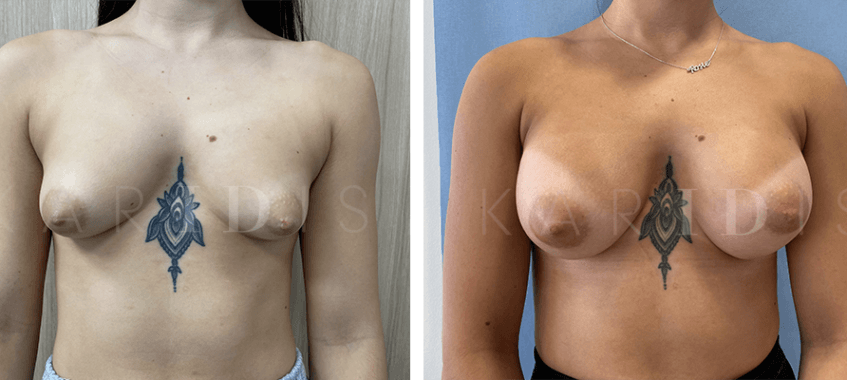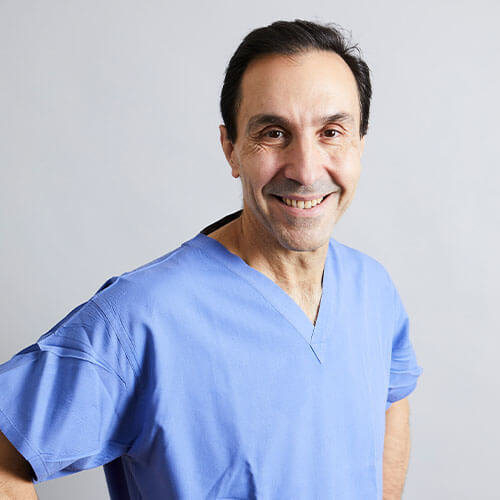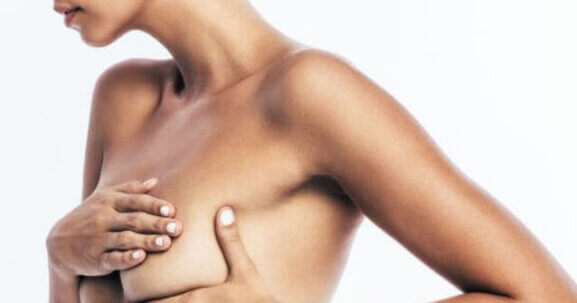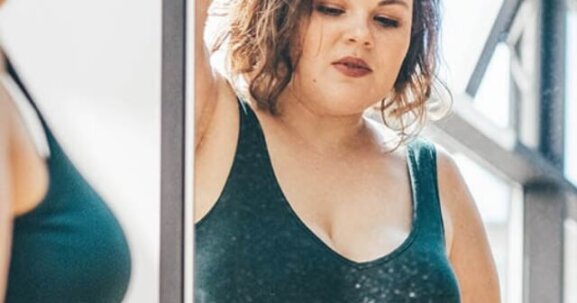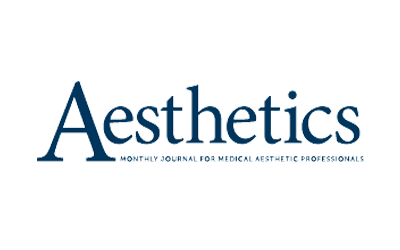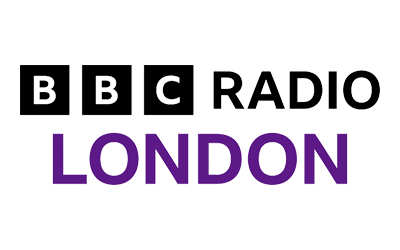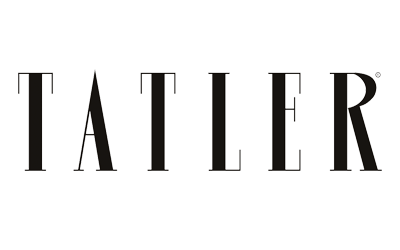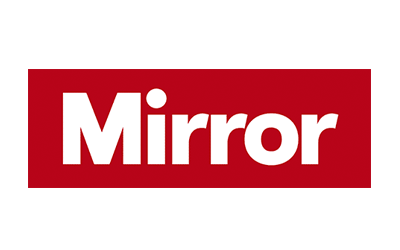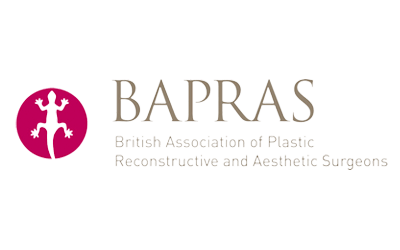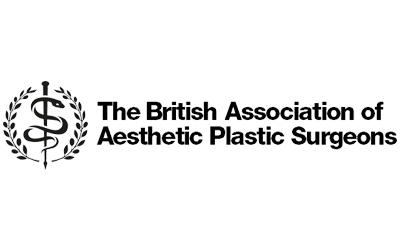Do you have narrow, elongated breasts instead of the typical round, full breast shape? Do they point downwards? Tubular breasts aren’t often talked about, so it may be that you only recently discovered that there is a name for this condition, but the appearance of your breasts could have been affecting your self-esteem for years.
Tubular or tuberous breasts are a relatively common condition in which breast tissue doesn’t develop fully during puberty. It can range from mild to severe and affects one or both breasts.
Your tubular breast deformity can present in several ways. As your breast tissue has failed to develop properly, there’s often a large gap between the breasts. The breasts are often constricted at the base, so they can appear tubular or cone-like in shape and point downwards. The nipple area can often appear large and puffy. One breast can often be noticeably larger than the other.
Several different surgical techniques can be used to correct the appearance of the breasts, depending on how your tubular breasts are present. Tubular breast augmentation can be a highly effective solution as implants can be used to address missing volume and produce a more rounded shape to your breasts. If the base of your breast is constricted, this must be released to ensure a normal breast appearance.




